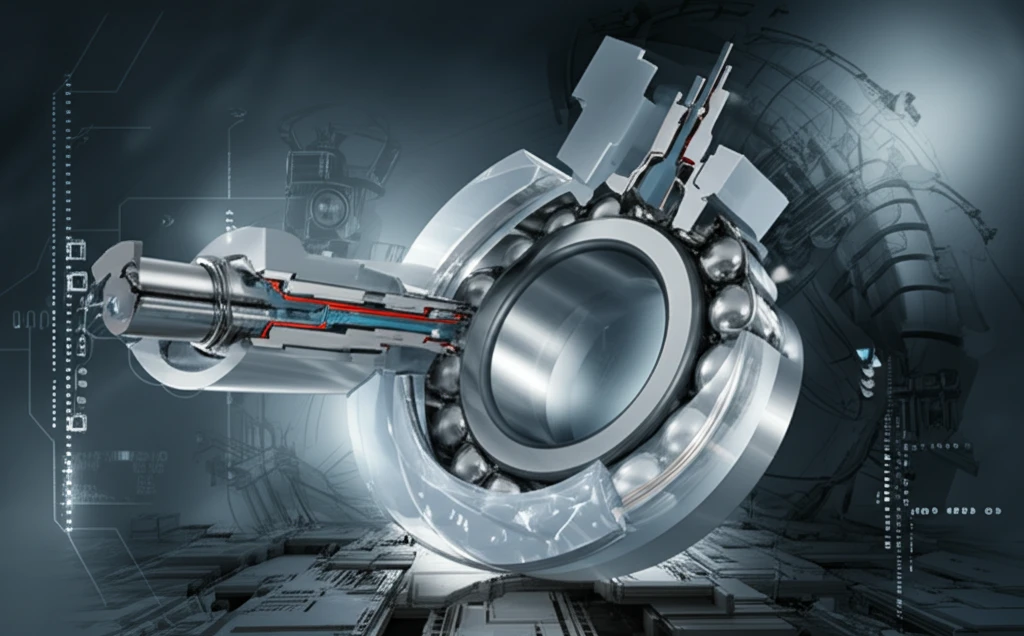
Worn Out: How Wear Affects High-Tech Bearings and What It Means for Your Machines
"Understanding the impact of wear on hybrid conical journal bearings for enhanced performance and longevity."
In the relentless pursuit of technological advancement, hybrid conical journal bearings have emerged as indispensable components in modern machinery. Lauded for their exceptional performance, these bearings have captured the attention of design engineers and researchers alike. However, like any mechanical component subjected to continuous operation, these bearings are susceptible to wear, which can significantly compromise their effectiveness.
Consider a scenario where a high-precision machine, relying on these bearings, begins to exhibit performance degradation over time. The culprit? Gradual wear within the bearing structure, leading to diminished accuracy and reliability. This phenomenon underscores the critical importance of understanding and mitigating the effects of wear on hybrid conical journal bearings.
Recent research has shed light on the intricate relationship between wear and bearing performance, offering valuable insights for optimizing design and maintenance strategies. By delving into the complexities of wear mechanisms and their impact on key performance parameters, engineers can develop more robust and durable bearing systems, ensuring prolonged operational efficiency and minimizing costly downtime.
Why Does Wear Matter in Hybrid Conical Journal Bearings?

Hybrid conical journal bearings are favored for their ability to handle both radial and axial loads simultaneously, offering superior stiffness and load capacity, especially in high-speed applications. These bearings combine hydrodynamic and hydrostatic actions, making them ideal for machines that require consistent performance under varying conditions. However, the very nature of their operation—continuous rotation and load-bearing—subjects them to wear, which can alter their intended functionality.
- Reduced Load Capacity: Wear diminishes the bearing's ability to support heavy loads, leading to potential machine failure.
- Increased Vibrations: Uneven wear patterns can cause vibrations, reducing the precision and lifespan of connected components.
- Loss of Stiffness: Wear compromises the bearing's stiffness, affecting the accuracy and stability of the machinery.
- Elevated Leakage: As wear progresses, lubricant leakage increases, requiring more frequent maintenance and posing environmental concerns.
Future-Proofing Your Machinery: The Importance of Wear-Resistant Bearing Design
Wear in hybrid conical journal bearings is an inevitable reality, but its impact can be significantly mitigated through informed design and maintenance practices. By understanding how wear affects key performance parameters and implementing strategies to minimize its effects, engineers can create bearing systems that offer superior reliability and longevity. The insights from recent research, including the study by Pawar and Phalle, provide a crucial foundation for future innovations in bearing technology.
